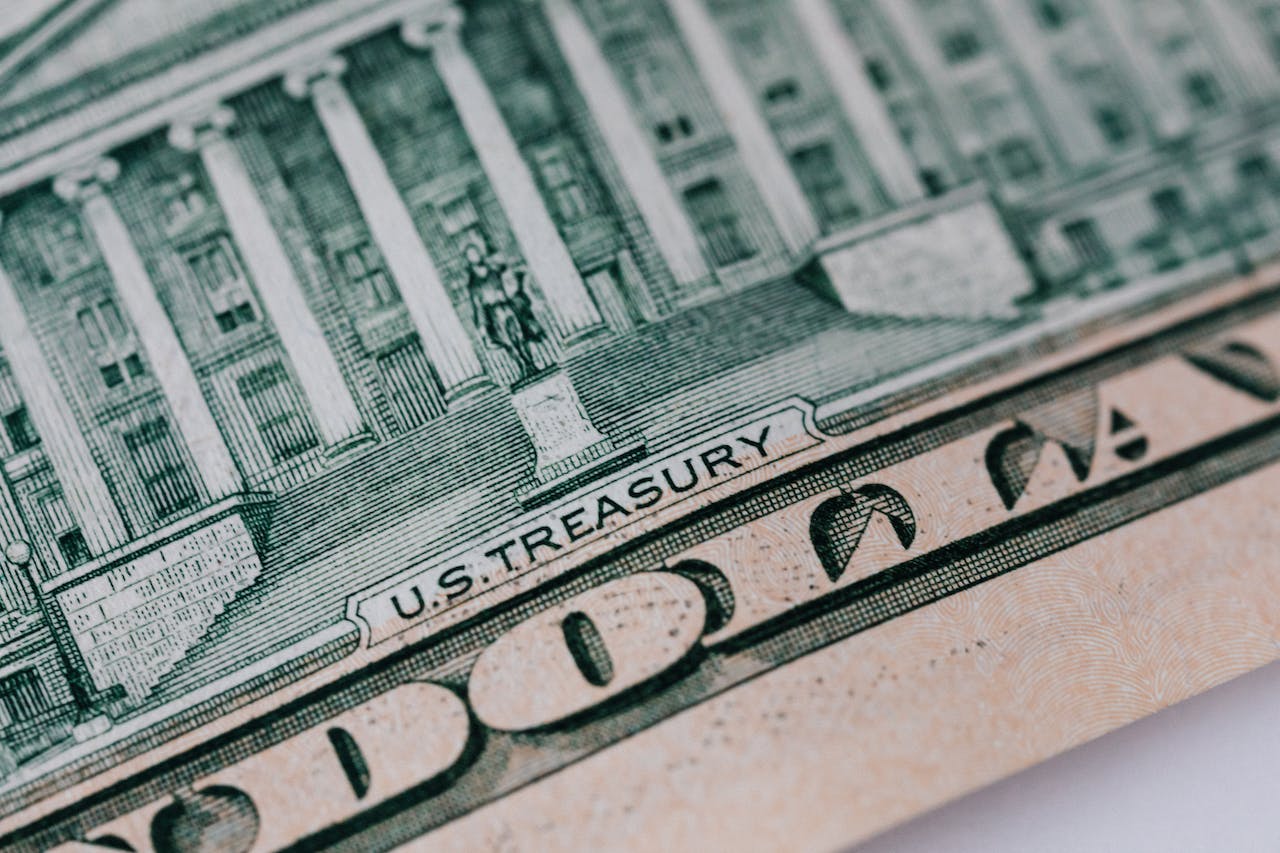The recent decline in Treasury yields has ignited a strong resurgence in stock markets and has pulled US government bonds from 16-year lows. However, concerns are growing among investors that further reductions in annual returns may compel the Federal Reserve to adopt a hawkish stance, potentially unsettling asset prices over an extended period. This underscores the intricate relationship between yields and financial conditions, two key factors closely watched by economists and central bankers.
Over the past few months, investor risk appetite and stock markets were subdued as Treasury yields climbed, leading to higher borrowing costs for both companies and households. In a reversal of this trend, U.S. 10-year yields have dropped over 50 basis points since their peak, coinciding with a 6.5 percent surge in the S&P 500 during the same period. However, some experts are expressing concern that a lackluster decline in Treasury yields might compel the Fed to maintain higher interest rates, potentially triggering a recession.
Last week, the Goldman Sachs Financial Conditions Index recorded its sixth most significant weekly decline since 1990, plunging by 0.5 percent. This decline was primarily attributed to the benchmark 10-Year Treasury Yield, which dropped from just above 5 percent to 4.48 percent. Furthermore, analysts noted a 25 basis point decrease in long-term mortgage rates, marking the most substantial one-week drop in 16 months.
While Federal Reserve officials have not yet responded strongly to the changing financial conditions, Chair Jerome Powell is set to address the topic during an International Monetary Fund panel this Thursday. Analysts caution that if Treasury yields drop too significantly, it could become a “double-edged sword.” A highly dovish reaction by the Fed to these financial conditions might be met with a more hawkish stance.
Futures are currently pricing in a 90 percent likelihood that the Federal Reserve will maintain the current interest rates in December, with no rate cuts anticipated until 2024. The S&P 500 has also experienced an eight-day streak of positive closings, marking its longest run in two years. Much of this 14.2 percent year-to-date gain can be attributed to a nearly 20 percent decline in U.S. oil prices.
However, not all scenarios indicate that the Fed will maintain a higher-for-longer pace if annual returns continue to decrease. A looming economic slowdown accompanied by falling yields might signify that the Fed is successfully managing to “tamp down growth,” according to Wells Fargo Investment Institute Global Market Strategist Sameer Samana. Sameer has been investing in longer-term bonds during these uncertain times, expecting annual returns to hover around the low 4 percent range in the next six months, as consumer price data is projected to reveal a 0.1 percent October monthly increase.
The future course of Treasury yields is shrouded in uncertainty, and whether yields continue to rise or fall, the Fed’s strategy hinges on controlling inflation. In essence, if a bleak economic outlook is confirmed, and inflation falls below expectations, the Fed will consider its mission accomplished. The outcome of the intricate relationship between Treasury yields and financial conditions remains uncertain until the Fed provides clear guidance on its future plans. Until then, the stock market will maintain its current bullish trajectory as investors anxiously await the Fed’s next moves.
Source: Reuters



